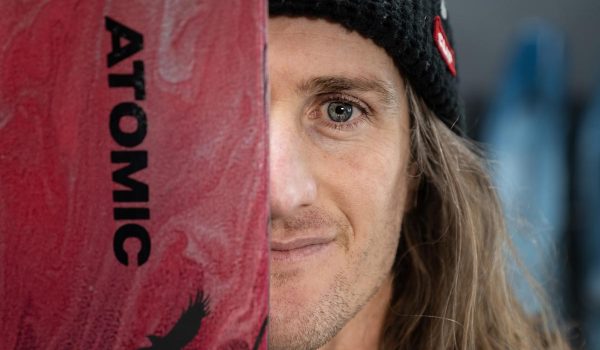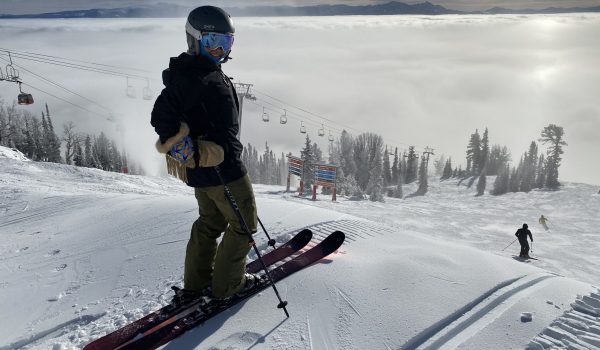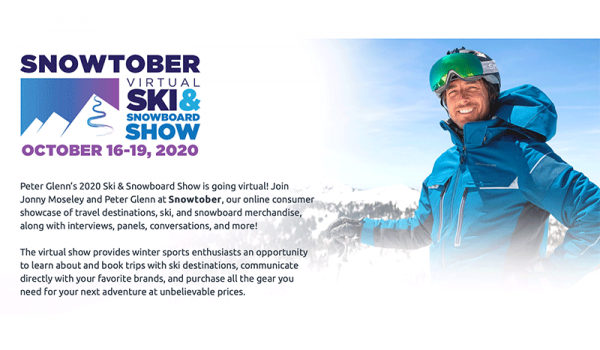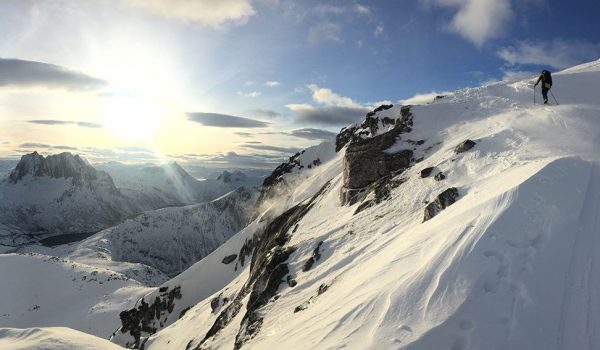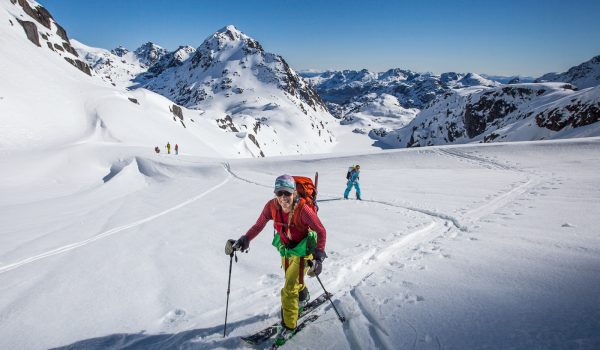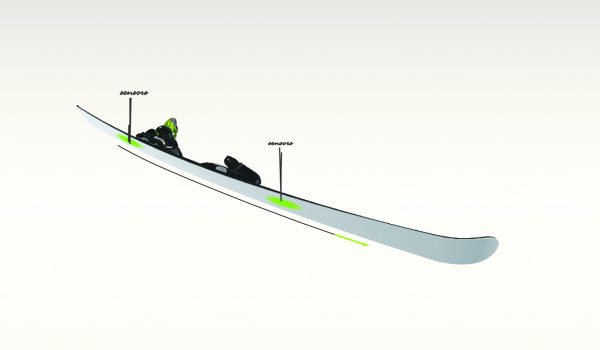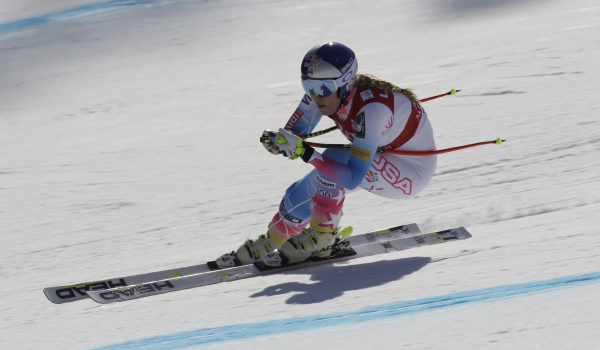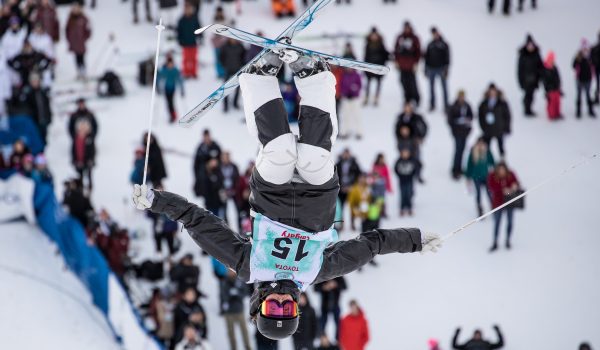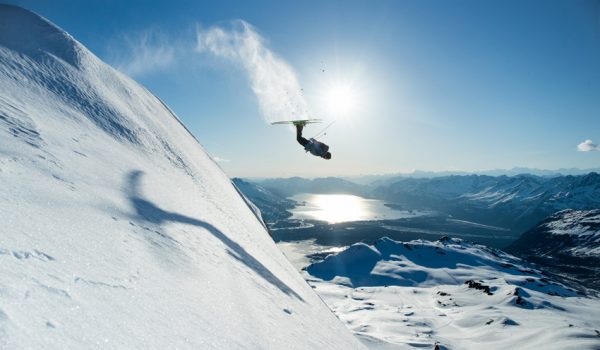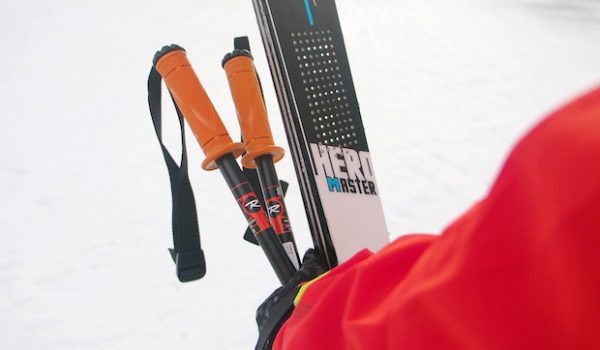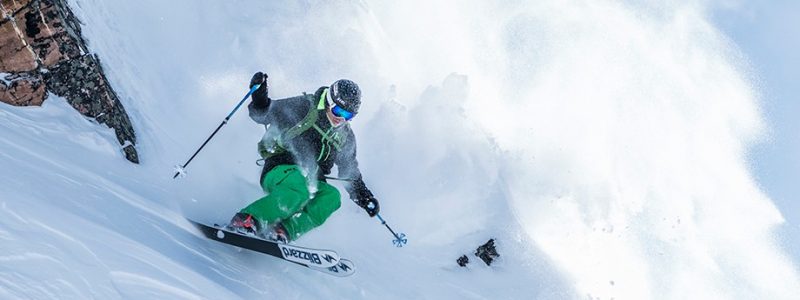
The Best Skis
Our expert ski testers have a long history of critically evaluating skis. One of Gear Institute’s founders came from a ski industry background, and he has brought his knowledge base and skills on the slope to testing and reviewing gear. We have divided our ski reviews into four categories: carving skis, frontside skis, all mountain skis, and powder skis. Each of these categories is defined by the conditions where those skis excel, and that is determined primarily by the waist width—the width of the ski where the binding is mounted, a.k.a. underfoot. Additionally, each of these four categories is further divided into men’s and women’s categories. Scroll through the skis we tested below and scroll to the bottom of the page if you’re not sure what ski is best for you. We provide a description of each type to help you find the best ski for the kind of skiing you do.
Find The Best Skis For You
The Best Skis by: McKenzie Long
The Best Carving Skis
If you love making big, arcing turns at high speeds, you probably want a carving ski. Carving skis are for those familiar with ski racing, but who want to have fun on the mountain outside of race days. These skis are for hard pack only, not for powder, and specifically excel on groomers, through gates, and over machine-prepped snow. These are designed for skilled skiers who know how to lay down a turn and want a performance piece of equipment to use in all firm conditions on the mountain.
When selecting a ski, the dimension that will tell you the most about a ski’s preferred conditions is its waist width, or the wideness of the ski underfoot. In the case of carving skis, you want them to have a waist width between 65-80mm. This narrow dimension allows the ski to have a tight turn radius and quick edge-to-edge action when carving turns on firm snow.
The Best Frontside Skis
A frontside ski is for exactly what the name implies: skiing all over the front side of the mountain. You can start the morning on fresh corduroy, wiggle your way through a bump run, and carve your way down the firm (or if you’re lucky, freshly groomed) steeps. Skis in this category are slightly more versatile than a carving ski and will do best in well-skied conditions, but are not going to excel in powder.
Frontside skis will have a waist width from 80-95mm. This is slightly wider than a carving ski but still narrower than an all mountain or powder ski. So, if you mostly stay on hard pack and groomed runs or love moguls and tight trees, look for a nimble, frontside ski. If you are hoping to explore in fresh powder, you might prefer a slightly wider all mountain ski.
The Best All Mountain Skis
All mountain skis are designed to be the most versatile type of ski. This is the style you buy if you only want to own one pair of skis instead of an entire quiver. The perfect all mountain pair will handle a range of terrain and a variety of speeds, so you can carve turns on fresh groomers, make first tracks on a fluffy powder day, and plow through chopped up, refrozen snow (a.k.a. crud). You can take an all mountain model anywhere at a resort, both on piste and off piste. All mountain skis will perform better in powder than your standard frontside ski but not as well as a dedicated powder ski. However since an all mountain ski is a jack-of-all-trades, master-of-none type of equipment, there are limitations to how well they perform in different conditions.
All mountain models typically have mid-range waist widths, between 95-105mm, and will perform slightly better in powder and soft snow than on groomed snow or hard pack. If you ski most often in the west and spend a majority of your time in search of soft snow but want something that carves better than a fat powder ski, look for an all mountain ski with a slightly wider waist width than a frontside ski so you can stay on top of the fluffy stuff.
The Best Powder Skis
For powder hounds the most fun part of skiing is the floating sensation when on fresh, fluffy powder. For many, the lure of freshies is a major driver. With the right technique and conditions you can achieve this incredible sensation (and have tons of fun!) on just about any ski, but a powder ski will make skiing in deep snow easier.
A powder ski is defined as any ski with a 105mm-130+mm waist width. Waist width is the dimension of the ski that makes the most difference in terms of float, where the wider underfoot, the greater the surface area, the more easily you can stay on top of the snow. These days the trend is not to go completely super-fat, but stay somewhere between 110-120mm underfoot, when you get optimal float but can still turn and control the skis on the hard pack. Modern powder skis also incorporate rocker into the design, which is when the tip and tail curve upwards off the snow, to increase maneuverability in deep snow as well as to provide that surfy feel.
Since a powder ski is designed with a specific condition in mind, it may go without saying that it is a specialty tool meant to be brought out after a big snowfall or when heading into the backcountry. Skis in this category will not become your go-to every day pair, but rather a bonus pair to bring out when the night’s snowfall reaches above 12 inches. Powder skis will not carve particularly well, and won’t have outstanding edge hold in icy, firm conditions, but the fun feel on powder days will more than make up for this weakness. If you purchase a pair of powder skis, you will also want an all-mountain pair, and maybe even a carving pair, adding up to a closet full of fun-sticks.
The Best Women’s Skis
For each of the above categories, there are men’s or unisex versions and there are usually also women’s specific versions. If you are a female shopping for skis, first determine which type of ski you want, and then look through both the men’s versions and the women’s versions to find the exact model that will work for you.
Women’s specific skis are slightly different than the equivalent men’s versions. Typically, women’s versions come in shorter lengths, lighter weight, and with less stiffness to account for women’s shorter heights and lower body weights. They also come with different graphics to distinguish between the models. Similar to how a women’s jacket is more likely to fit a woman’s body shape better than a men’s jacket, a women’s pair of skis will most likely better fit a woman’s dimensions and be easier to turn and maneuver. However, very advanced women sometimes prefer a stiffer men’s or unisex ski.
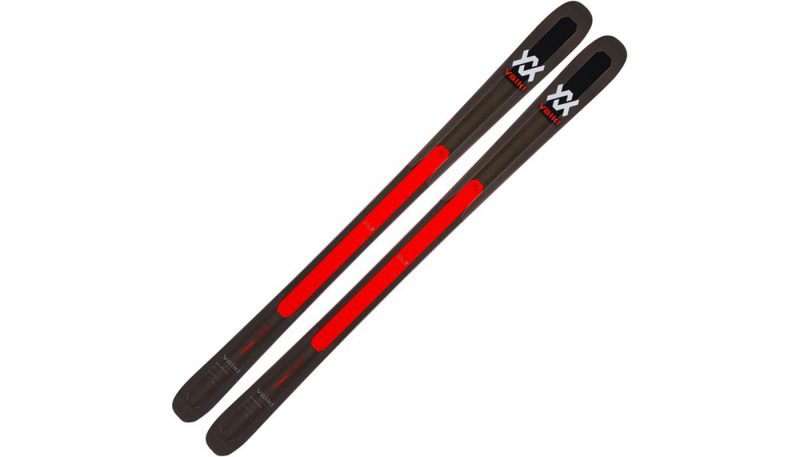
Volkl’s new M5 Mantra (marking the 5th iteration of the ground-breaking ski, which has continually ushered in another new era of All Mountain performance with less effort) won the All Mountain Category. Period. The majority of our testers wanted to ski the rest of the day on it, or the week, or the season, dropping over the ridge to Alta on the test models with a wave and a nod, and a quick, “Yeah, I’m good.” This is the new benchmark for high-performance multi-condition skis.

Last year we said, “The Elan Ripstick 96 is the purest, most accurate carving ski in the All Mountain Category of the Gear Institute Ski Test.” That was before Elan added a lighter, increasingly stable carbon construction (i.e., the “Black Edition”) to Amphibio Technology (a specific left and right ski with camber for hold on the inside of each tip, and rocker on the outside for ease of initiation), which makes it amazingly easy to carve medium to short-radius turns that it’s practically automatic. Along with a “Tubelite Woodcore” inserted into the wood to provide power and an even flex, the Black Edition 96 offers effortless carve and superior grip.
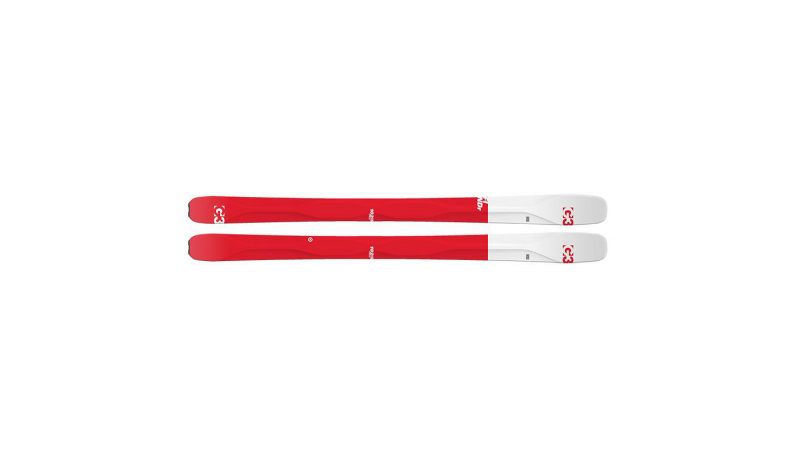
While the Polyurethane sidewall improves dampness and durability, the real benefit is how playful it makes the skis. For me, this is the FINDr’s biggest benefit (coupled with their more than reasonable price tag). A similar ski from Volkl (like the Katana Vwerks) will run you an additional $400. They float in backcountry powder, climb easy on the skin track, and are super fun and playful in bounds, while still being able to carve and lay down hard charging lines on groomers—It’s the do-it-all ski.

Like the Volkl V-Werk Katana and V-Werk BMT 109 Skis, the 100Eights are a powerful ski that likes to go fast and play hard. With enough mass to plow through variable snow conditions and tackle any terrain you throw at them, the 100Eights are a serious quiver of one ski. The only downside to these sticks is their almost nine pound weight, which is a little on the heavier side for a dedicated backcountry ski.

The Blizzard Firebird WRC pretty much arced away with the Best in Class Award in the Carving Category. Half of our full team of testers rated it their “Favorite” carver, while the other half rated it as “Excellent.” Also, 60 percent of our test team could not find a single thing to write in the “Bad,” or “Dislike” column on their test cards. This ski rips with ease, precision, and a sense of excitement that could make you seriously consider heading for the groomers on a powder day.
Best for Carving Pleasure
Elan Amphibio Black Edition
Carving Skis, Men's Carving Skis, Ski & Snow & Skis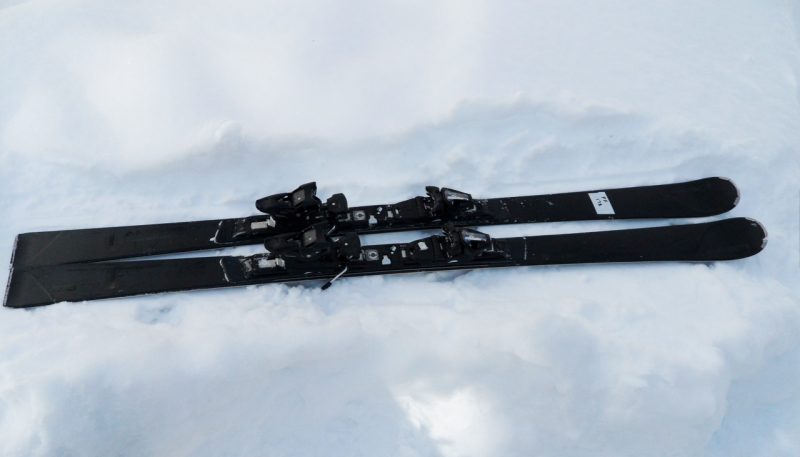
Elan’s Amphibio Black Edition brought a welcome level of finesse and calm confidence to a Carving Category filled with race-inspired skis. Utilizing Elan’s proprietary Amphibio technology—which includes an asymmetrical mix of rocker and camber in the shovel for ease of initiation and improved edge contact, as well as a specific left and right ski—the Black Edition has a silky smooth feel from turn to turn. It’s not the fastest ski in the class, and not the ski we would recommend for anyone who wants to race gates with their carvers. It is an excellent ski for primarily frontside, hardpack skiers looking for a luxury ride and constant control.
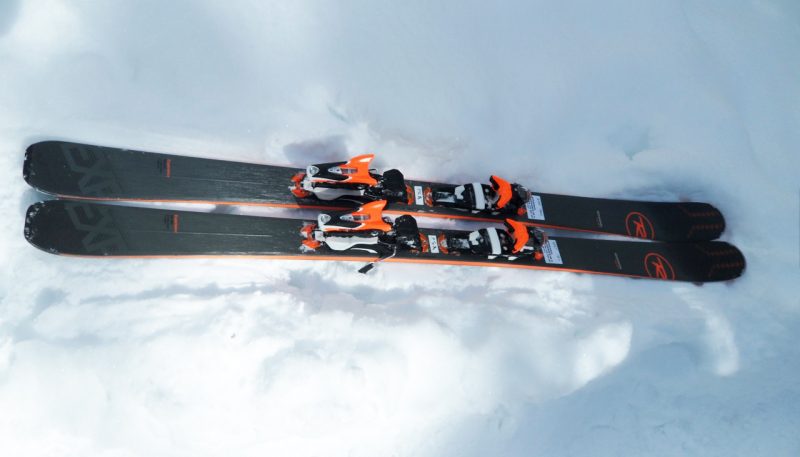
Rossignol’s Experience 88 was the top ski in our Frontside test last year, and this year Rossignol improved it! The new 88Ti features something Rossi is calling ‘Line Control Technology,’ a World Cup innovation that basically includes a Power Rail down the center of the ski for stability and dampening—and no counter-flexing!—and Titanal construction for exceptional Edge-hold. The ski does have super silky edge initiation and some of the smoothest arcs in the category, yet with all of the slightly wider waist widths in the class this season, it’s still a bit more of a carver than the rest. Bottomline: The new 88Ti is one of the easiest arcing skis we’ve ever tested. It’s so easy to get ripping right away on this ski, that you’ll be forgiven for shattering the speed limit.
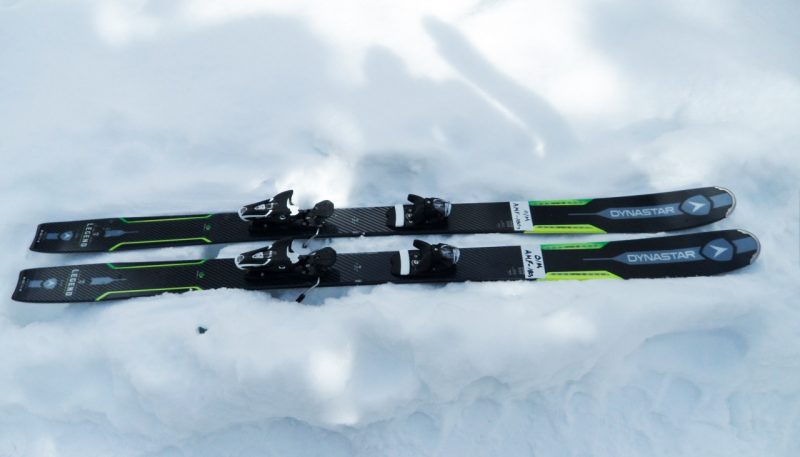
Dynastar continues to upgrade its Legend series, with a new generation of Powerdrive construction—with a progressive rocker profile and five-point sidecut—to provide better on-snow contact, Titanal laminates for power, tip and tail for ease of initiation and hook-free carving, and poplar core for great liveliness. Last year, the brand offered the Legend X84 for the Frontside category. This year, the Legend X88 provides even more all-terrain capability without sacrificing the ski’s great quickness and awesome edge grip. The ski also has a lighter feel and more energy than a lot of other boards in the Frontside Category. For many testers, the increased maneuverability and enhanced rocker can make the ski feel more active and alive in a slalom turn than it does in a GS.
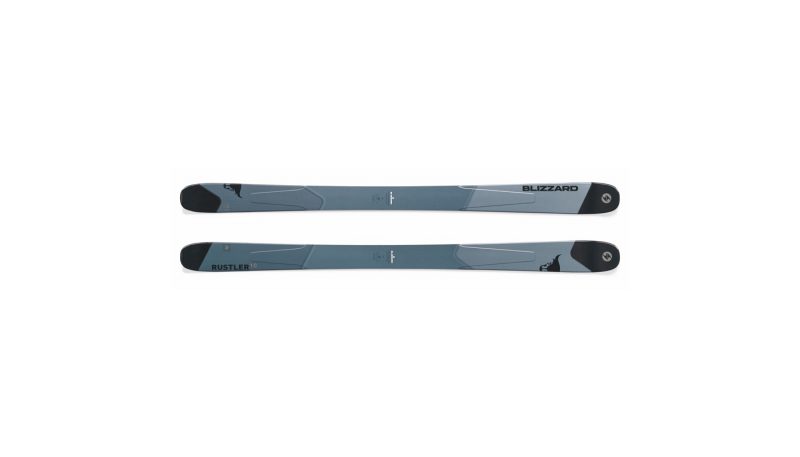
Blizzard’s new Rustler 10 pretty much dominated the Powder Category of our ski test, earning “Favorite” picks from more than 80 percent of the testers who skied it. “Playful yet stable;” “Strong yet nimble;” and “One of the best skis of all time,” were just a few of the superlatives heaped onto the test cards in praise of this big mountain machine, which tore through every condition we threw at it. Mixing a lightweight woodcore of paulownia, balsa, poplar and beech with Blizzard’s new D.R.T. (Dynamic Release Technology) carbon Flipcore, this ski felt more lively and maneuverable than most Blizzards, a brand we consistently praise for its power and dampness. That doesn’t mean the ski lost any stability – not by a long shot! What it did was add the ability to feel more versatile in all conditions, from the powder to the hardpack. Bottom line: This is a powder ski that could easily be your all-season ride if you want.

Atomic’s Backland FR 109 is damp and accurate enough for skiing big days in-bounds, with a lightweight feel for anyone who wants to put some tech bindings on it as a backcountry specific turn-earning machine. The ski has great Float, thanks to significant rocker, is maneuverable off-piste, and has a confident, damp feel underfoot. There are more energetic skis in the Powder Category, especially if you want a big ski that will offer more edge hold and Stability if you decide to ski the Backland from the lifts. The ski did not stand out in any one of our specific test classifications – good or bad. All of our testers did comment on how fun it is to ski, providing a consistently playful, reliable turn shape.








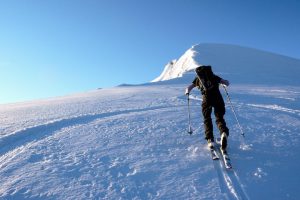


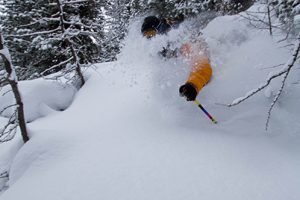
 94
94 